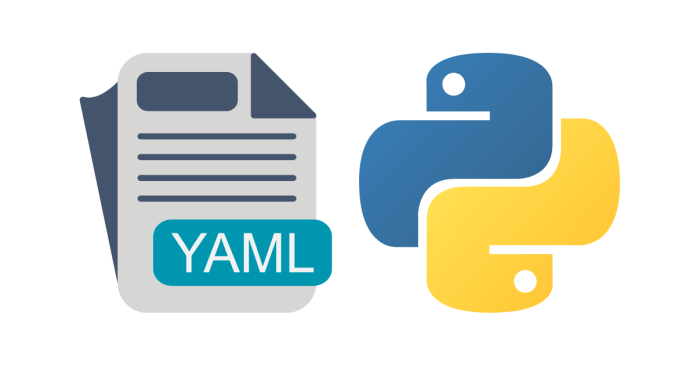To parse a YAML file in Python, you typically use the PyYAML library, which allows you to load YAML data and work with it as Python objects. Below are the steps to parse a YAML file using PyYAML.
Steps to Parse a YAML File in Python
1. Install PyYAML (if not already installed)
First, you need to install the PyYAML library. You can install it using pip:
pip install pyyaml
2. Import the YAML module
After installing the library, import the yaml module in your Python script.
import yaml
3. Read and Parse the YAML File
Use yaml.load() or yaml.safe_load() to load the YAML file and convert it into a Python object. The difference between yaml.load() and yaml.safe_load() is that yaml.safe_load() is safer to use since it only allows simple YAML structures (e.g., dictionaries, lists, strings, etc.).
Example of Parsing YAML Using yaml.safe_load():
- Create a sample YAML file (let’s name it
data.yaml):
name: John Doe
age: 30
is_employee: true
skills:
- Python
- JavaScript
- SQL
- Python code to load and parse the YAML file:
import yaml
# Open and read the YAML file
with open('data.yaml', 'r') as file:
data = yaml.safe_load(file)
# Display the parsed data
print(data)
Output:
{
'name': 'John Doe',
'age': 30,
'is_employee': True,
'skills': ['Python', 'JavaScript', 'SQL']
}
- The YAML data has been converted into a Python dictionary where:
nameis a stringageis an integeris_employeeis a booleanskillsis a list of strings
4. Using yaml.load() (less recommended)
If you need to handle more complex data structures, you can use yaml.load(). However, be careful as it can execute arbitrary code and might be insecure with untrusted YAML files.
with open('data.yaml', 'r') as file:
data = yaml.load(file, Loader=yaml.FullLoader) # Use FullLoader to support more complex structures
print(data)
- Note:
yaml.FullLoaderis more secure than the default loader (yaml.Loader).
5. Error Handling
If the YAML file is invalid, you’ll get an error. It’s a good practice to handle these potential errors using a try block:
import yaml
try:
with open('data.yaml', 'r') as file:
data = yaml.safe_load(file)
print(data)
except yaml.YAMLError as e:
print(f"Error parsing YAML file: {e}")
Summary
- Install PyYAML:
pip install pyyaml - Load the YAML file using
yaml.safe_load()(for safety). - Use
yaml.load()with caution if you need more advanced features. - Handle errors gracefully with
try-exceptblocks.



